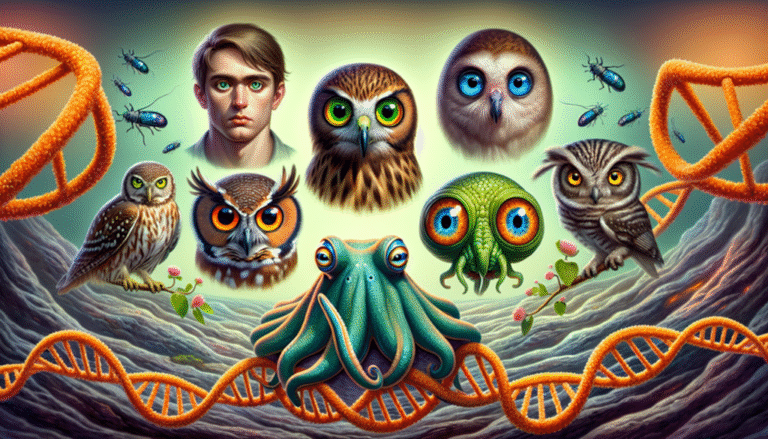Have you ever seen a flame glow green, blue, or purple during a chemistry demo and thought, “What in the world causes that?” It’s not magic. It’s not food coloring either.
It’s actually atoms giving away a little piece of their identity – glowing with it.
The color of light an element gives off comes down to one elegant principle of physics. And once you get it, you’ll start to see the pattern – and beauty – hiding in everything from fireworks to distant galaxies.
The moment that sparked my curiosity
Back in high school, I watched my chemistry teacher sprinkle tiny amounts of different salts into a Bunsen burner flame. Suddenly, the flame turned vivid orange, then deep red, then a shocking green-blue. The class went silent – we were mesmerized.
I had so many questions: Why did copper make the flame green? Why was sodium always yellow? How could we “see” what an atom was doing, just from color?
That day set me on a path I didn’t expect: trying to understand the invisible dance of electrons inside atoms and how that motion creates the dazzling colors we see.
The secret lies in electron energy levels
Here’s the key you need to unlock it all:
When an atom’s electrons absorb energy (like heat from a flame), they get excited. But electrons don’t just float around randomly – they occupy very specific “energy levels.”
And atoms are extremely picky about how much energy they’ll take or give.
When that excited electron drops back down to a lower level, it releases a tiny packet of light – called a photon. The energy of that photon is directly tied to its color.
The ‘aha’ equation: E = hν
This simple formula, E = hν (pronounced “E equals h nu”), is the heart of it:
- E is the energy released between two electron levels
- h is Planck’s constant (a very tiny number used in quantum physics)
- ν (nu) is the frequency of the light
So, the bigger the energy jump in the atom…
- …the higher the frequency of light emitted
- …the shorter the wavelength
- …the more “blue” or “violet” the color
Red light? Small energy jump. Blue light? Big jump.
Every element leaves a unique light fingerprint
The truly mind-blowing part?
Each element has its own set of allowed energy levels – like a lock that only certain keys fit. That means each element emits a distinct set of photon energies (and colors) when its electrons fall back down.
This creates what we call an emission spectrum: a unique barcode of colorful lines that acts like an atomic fingerprint.
Real-world examples:
- Hydrogen: Emits sharp red, turquoise, and violet lines – famously seen in starlight.
- Sodium: Produces a strong yellow-orange glow – the reason most street lamps used to glow amber.
- Copper: Flames up bright green – used in fireworks and flame tests alike.
From classroom demos to cosmic discoveries
Maybe you remember the flame test lab from chemistry class. That wasn’t just a fun experiment—it was a mini version of how astronomers decode the light from stars.
They use the same principle. Telescopes capture starlight and pass it through a spectroscope, breaking it down into an emission spectrum. If they see hydrogen’s signature lines, they know it’s there, maybe billions of light-years away.
Here’s the bottom line
Every time you see a colored flame, a neon light, or a glowing star, you’re looking at an electron falling back home – and releasing a burst of light with it.
Colors aren’t just pretty. They’re messages from the subatomic world. And by reading those messages, scientists can figure out what the universe is made of—without ever touching it.
So the next time someone lights a sparkler on the Fourth of July, you’ll know: that red or green flare? It’s the electrons talking.
Now imagine: What else could you decode if you just knew where to look for the light?




Leave a Comment